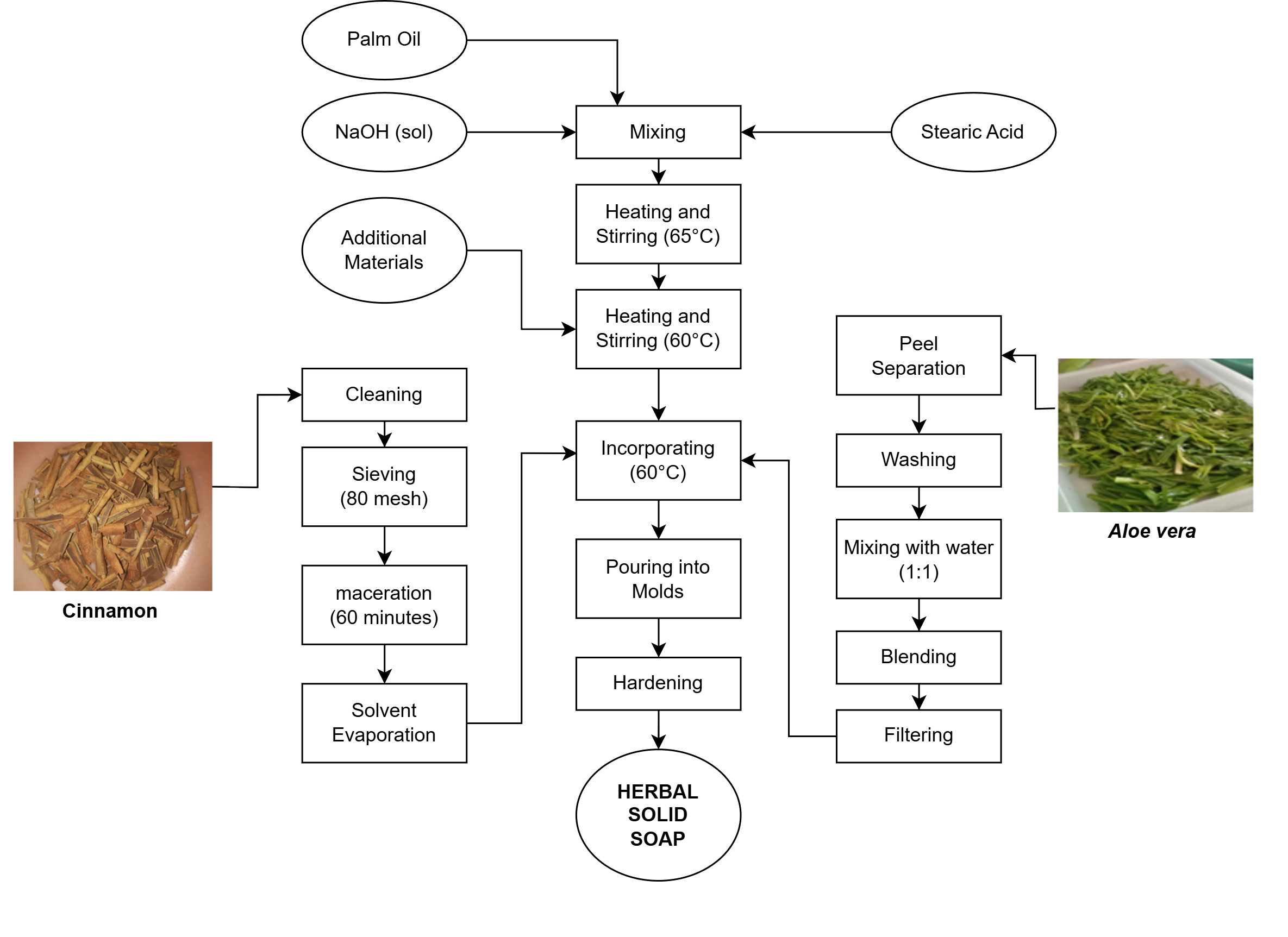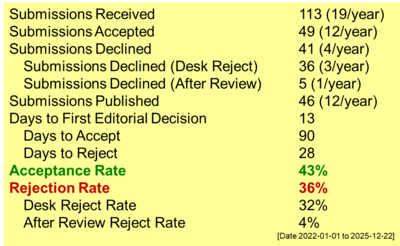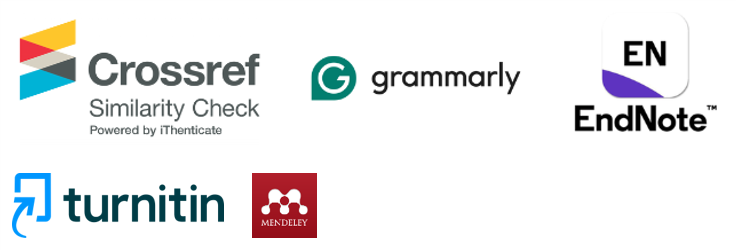Formulation and Characterization of Herbal Solid Soap Enriched with Cinnamon (Cinnamomum burmanii) and Aloe vera Peel Extracts
DOI:
https://doi.org/10.55749/ijcs.v4i1.66Keywords:
Aloe vera, Antibacterial activity, Cinnamon, Herbal formulation, Solid soapAbstract
This study aims to develop a solid soap formulation using natural ingredients by combining cinnamon (Cinnamomum burmanii) extract and Aloe vera peel extract, which are known for their antibacterial, antioxidant, and moisturizing properties. The research involved several stages, including the extraction of cinnamon and Aloe vera, soap formulation with varying cinnamon and Aloe vera extract concentrations, and testing of physicochemical properties and antibacterial activity against Escherichia coli. The formulated soaps were evaluated for moisture content, free alkali levels, pH, foam stability, antibacterial inhibition zones, and skin irritation. The results showed that increasing the concentrations of cinnamon and Aloe vera peel extracts significantly affected the soap’s characteristics. The optimal formulation was obtained with 15% cinnamon extract and 6% Aloe vera peel extract (A3B3), yielding a moisture content of 2.44%, free alkali content of 1.70%, pH of 11.8, and an antibacterial inhibition zone of 1.28 mm, without any skin irritation. FTIR analysis identified functional groups such as aldehydes, alkanes, aromatics, and hydroxyls, which were associated with the bioactive compounds responsible for antibacterial and moisturizing effects. The presence of cinnamaldehyde in cinnamon and saponins in Aloe vera contributed to the soap’s enhanced antimicrobial and skin-conditioning properties. Furthermore, Fourier-transform infrared spectroscopy (FTIR) analysis identified key functional groups responsible for the soap’s bioactivity. These findings suggest that incorporating herbal extracts into soap formulations can improve their functional benefits, making them a promising alternative for natural skincare products with antibacterial protection and skin health benefits.
References
Setiawati, I., & Ariani, A. 2020. Kajian pH dan kadar air dalam SNI sabun mandi padat di Jabedebog. Prosiding Pertemuan Dan Presentasi Ilmiah Standardisasi. 293-300.
Intan, K., Diani, A., & Nurul, A.S.R. 2021. Aktivitas antibakteri kayu manis (Cinnamomum burmanii) terhadap pertumbuhan Staphylococcus aureus. J. Kesehatan Perintis. 8(2). 121–127. doi: https://doi.org/10.33653/jkp.v8i2.679.
Husni, P., Ruspriyani, Y., & Hasanah, U. 2022. Formulasi dan uji stabilitas fisik sediaan lotion ekstrak kerig kulit kayu manis. J. Sabdariffarma. 10(1). 1–7. doi: https://doi.org/10.53675/jsfar.v10i1.396.
Nafisah, U., Suhesti, I., & Albetia, P. 2022. Transparent soap formulation combination of lemongrass essential oil (Cymbopogon citratus) with cinnamon essential oil (Cinnamomum burmannii). J. Reswara. 12(2). 7–13. doi: https://doi.org/10.12928/mf.v19i2.22387.
National Center for Biotechnology Information, PubChem Compound Summary for CID 637511, Cinnamaldehyde. PubChem, 2025.https://pubchem.ncbi.nlm.nih.gov/compound/Cinnamaldehyde.
Saeed, M. A., Ahmad, I., Yaqub, U., Akbar, S., Waheed, A., Saleem, M., & Din, N. (2003). Aloe vera: A plant of vital significance. Sci. Vision. 9(1-2). 1-13.
Narsih, N., & Agato, A. 2018. Efek kombinasi suhu dan waktu ekstraksi terhadap komponen senyawa ekstrak kulit lidah buaya. J. Galung Tropika. 7(1). 75–87. doi: https://doi.org/10.31850/jgt.v7i1.320.
Dissanayake, N.S., Pupulewatte, P.H., & Jayawardana, D.T. 2022. Formulation and evaluation of a laterite soil based scrubbing effect herbal cleansing bar. J. Drug Delivery and Therapeutics. 12(1-S). 91–96. doi: 10.22270/jddt.v12i1-s.5334.
National Center for Biotechnology Information, PubChem Compound Summary for CID 198016, Saponin. PubChem, 2025. https://pubchem.ncbi.nlm.nih.gov/compound/Saponin.
Badan Standarisasi Nasional Indonesia. 2016. Standar Mutu Sabun Mandi. SNI 06-3532-2016, Dewan Standar Nasional, Jakarta.
Yansen, F., & Humaira, V. 2022. Uji mutu sediaan sabun padat dari ekstrak lidah buaya (Aloe vera). J. Kesehatan Perintis. 9(2). 82–88. doi: https://doi.org/10.33653/jkp.v9i2.883.
Zulkifli, M., & Estiasih, T. 2014. Soap from palm fatty acid distillate: A review. J. Pangan Agroindustri. 2(4). 170–177.
Korompis, F.C., Yamlean, P.V., & Lolo, W.A. 2020. Formulasi dan uji efektivitas antibakteri sediaan sabun cair ekstrak etanol daun kersen (Muntingia calabura l.) terhadap bakteri Staphylococcus aureus. J. Pharmacon. 3(9). 404–412. doi: https://doi.org/10.35799/pha.9.2020.27407.
Widyasanti, A., & Rohani, J.M. 2017. Pembuatan sabun padat transparan berbasis minyak zaitun dengan penambahan ekstrak teh putih. J. Penelitian Teh dan Kina 20(1). 13–29.
Katrin, D., Idiawati, N., & Sitorus, B. 2015. Uji aktivitas antibakteri dari ekstrak daun malck 77 (Litsea graciae Vidal) terhadap bakteri Stapylococcus aureus dan Escherichia coli. Jurnal Kimia Khatulistiwa. 4(1). 7–12.
Hanin, N.N.F., & Pratiwi, R. 2017. Kandungan fenolik, flavonoid dan aktivitas antioksidan ekstrak daun paku laut (Acrostichum aureum L.) fertil dan steril di kawasan mangrove Kulon Progo, Yogyakarta. J. Trop Biodivers Biotechnol. 2(2). 51–56. doi: https://doi.org/10.22146/jtbb.29819.
Suryati, N., Bahar, E., & Ilmiawati, I. 2017. Uji efektivitas antibakteri ekstrak Aloe vera terhadap pertumbuhan Escherichia coli secara in vitro. J. Kesehatan Andalas. 6(3). 518-522.
Noviano, R.B., Mambo, C., & Wuisan, J. 2016. Uji efek antibakteri kulit kayu manis (Cinnamomum burmanii) terhadap Escherichia coli dan Streptococcus pyogenes. J. e-Biomedik (eBm). 4(1). 1-5.
Yulianti, R., Nugraha, D.A., & Nurdianti, L. 2015. Formulasi sediaan sabun mandi cair ekstrak daun kumis kucing (Orthosiphon aristatus (Bl) Miq.). Kartika: Jurnal Ilmiah Farmasi. 3(2). 1–11. doi: https://doi.org/10.26874/kjif.v3i2.98.
Zamili, S., Hulu, M., Lubis, A.W., & Zahra, A. 2019. Pengaruh ekstrak kulit nanas (Ananas comosus L.) terhadap sifat-sifat sabun cair. J. Penelitian Pendidikan dan Sains (JP2S). 1(2). 86.
Hambali, E., Suryani, A., & Umiarti, E.I. 2014. Kajian pengaruh penambahan lidah buaya (Aloe vera) terhadap mutu sabun transparan. J. Tek. Ind. Pert. 14(2). 74–79.
Makkar, H.P.S., Francis, G., & Becker, K. 2007. Bioactivity of phytochemicals in some lesser-known plants and their effects and potential applications in livestock and aquaculture production systems. Animal. 1. 1371–1391. doi: https://doi.org/10.1017/S1751731107000298.
Robinson, M.K., & Perkins, M.A. 2002. A strategy for skin irritation testing. Am. J. Contact Dermatitis. 13(1). 21–29.
Sembiring, A.K.O., Putra, A.A.B., & Ratnayani, O. 2023. Utilization of cinnamon bark (Cinnamomum burmani) extract as a natural inhibitor for the control of corrosion rate in iron metal. J. Ilmu Pendidikan Indonesia. 11(3). 140–150. doi: https://doi.org/10.31957/jipi.v11i3.2341.
Waliha, L., Pamekas, T., & Zahara, N. 2022. Aplikasi ekstrak kulit lidah buaya (Aloe vera L.) untuk mengendalikan cendawan terbawa benih padi. Agropross: National Conference Proceedings of Agriculture. 376–388. Doi: https://doi.org/10.25047/agropross.2022.308.

Downloads
Published
How to Cite
Issue
Section
License
Copyright (c) 2025 Indonesian Journal of Chemical Studies

This work is licensed under a Creative Commons Attribution-ShareAlike 4.0 International License.



















